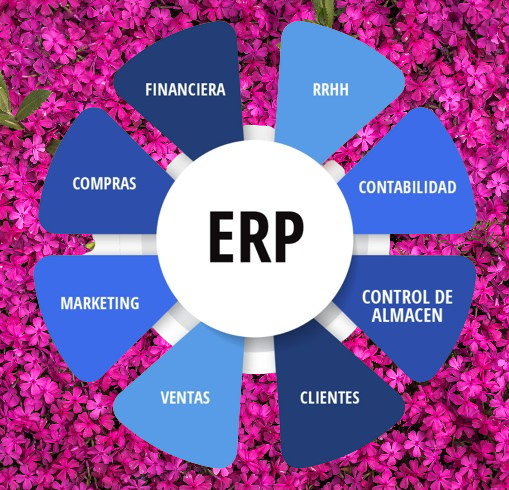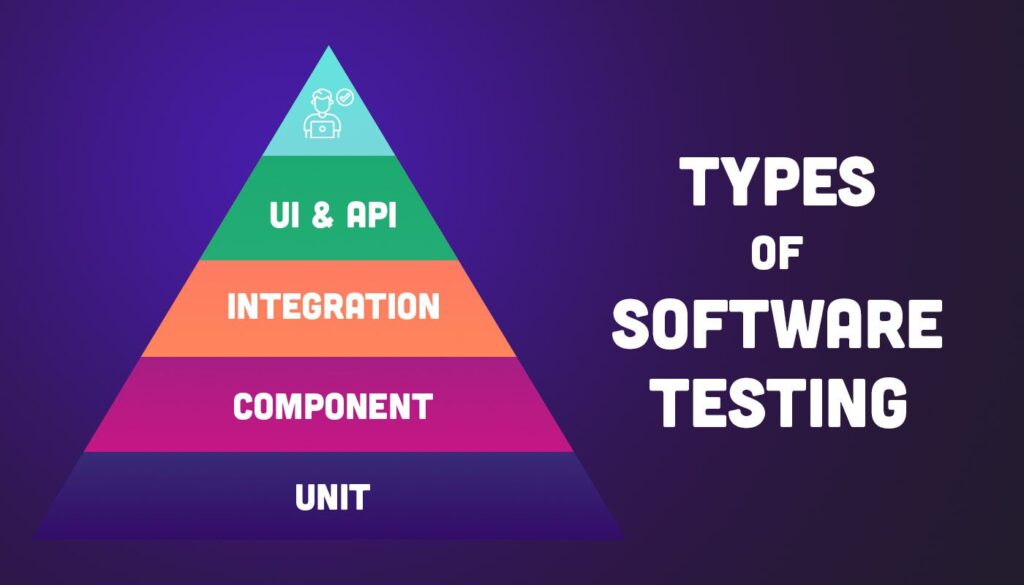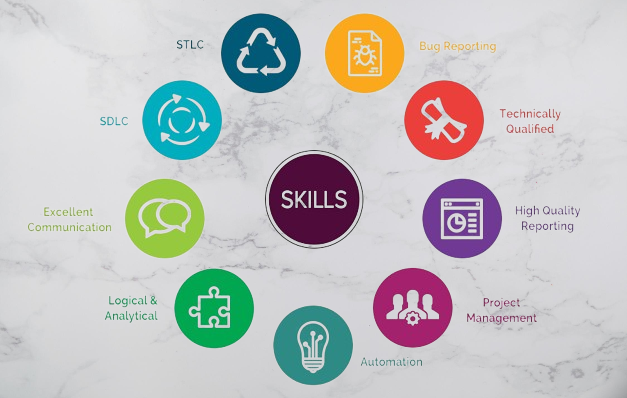
There are several types of ERP (Enterprise Resource Planning) systems, each with their own focus and specialization. Here are some of the most common types of ERP:
Generalist ERP: This type of ERP system provides a wide range of functionalities and is designed to be used by companies in a variety of industries. It covers various business processes, such as finance, human resources, manufacturing, and supply chain management.
Open Source ERP: Open source ERP systems are built on open source software and are available for free or at a low cost. They provide a flexible and customizable solution for businesses with limited budgets.
Cloud-based ERP: Cloud-based ERP systems are hosted on remote servers and accessed via the internet. They offer a scalable and flexible solution that can be accessed from anywhere with an internet connection.
Industry-Specific ERP: These ERP systems are designed for specific industries such as healthcare, manufacturing, or retail. They offer tailored functionalities that are specific to the needs of that industry.
Small Business ERP: Small business ERP systems are designed for small and medium-sized businesses. They offer affordable solutions that are easy to implement and use.
Mobile ERP: These ERP systems provide access to key business functions through mobile devices. They enable employees to work remotely and manage business processes on-the-go.
These are some of the common types of ERP systems, and many systems may fall under multiple categories. It’s important to carefully evaluate each system’s features and capabilities to determine the best fit for the organization.
This article is shared by https://www.itechscripts.com/web-development/ | A leading resource of inspired clone scripts. It offers hundreds of popular scripts that are used by thousands of small and medium enterprises.








